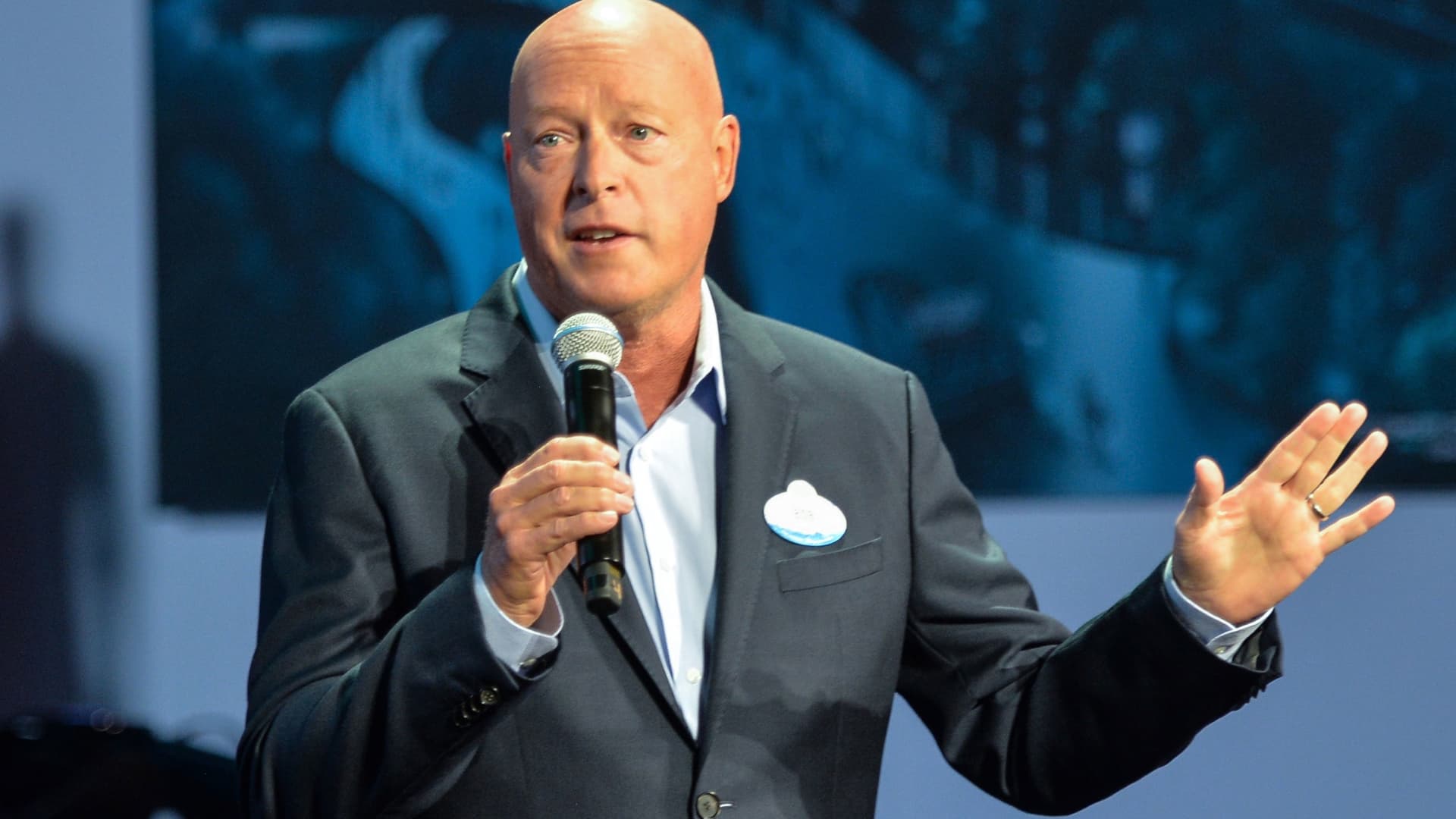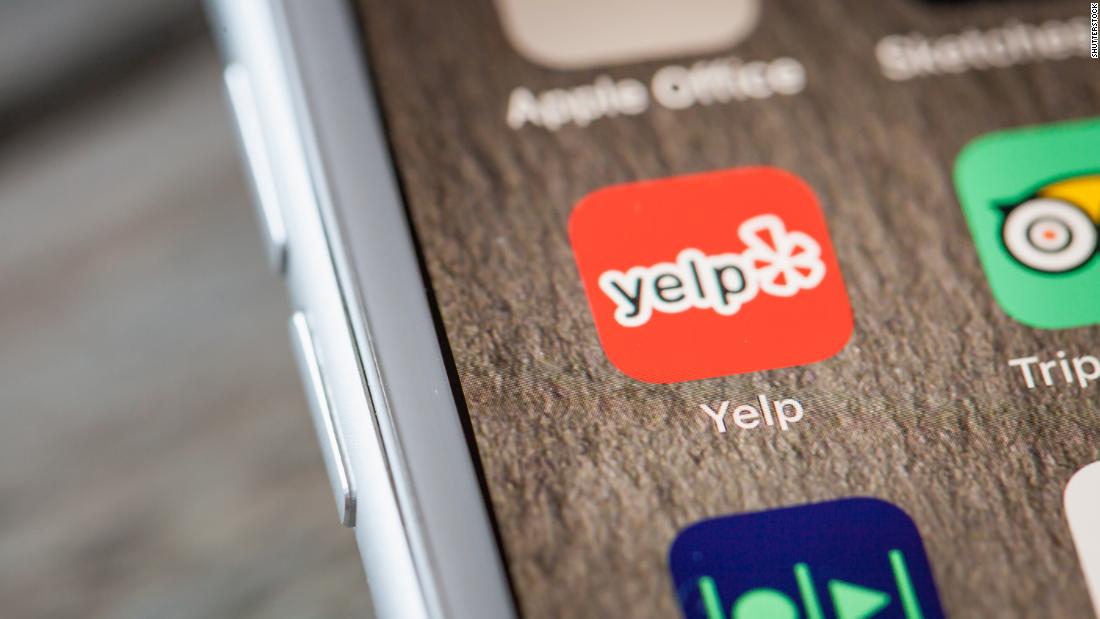Dow Jones futures will open Sunday evening, along with S&P 500 futures and Nasdaq futures. The stock market rally attempt gained momentum, with the major averages running up sharply Friday and for the week.
X
UnitedHealth (UNH), Shockwave Medical (SWAV), Ulta Beauty (ULTA), Enphase Energy (ENPH), Sociedad Quimica y Minera (SQM), Quanta Services (PWR), Northrop Grumman (NOC) are stocks to watch. All have relative strength lines at or near highs.
Shockwave stock broke out on Friday, with Ulta and PWR stock arguably offering early entries. UnitedHealth, Northrop, SQM and ENPH stock aren't far from buy points.
Also keep an eye on Google parent Alphabet (GOOGL) and EV giant Tesla (TSLA). Google stock and Tesla are nowhere close to old highs, but these megacaps are rallying above key levels after holding above their May lows this month.
NOC stock is on IBD Leaderboard, with PWR stock on the Leaderboard watchlist. GOOGL stock is on IBD Long-Term Leaders. UnitedHealth, Ulta Beauty, SQM and ENPH stock are on the IBD 50. UNH stock and Ulta are on the IBD Big Cap 20.
UnitedHealth was Thursday's IBD Stock Of The Day. SQM was Tuesday's Stock Of The Day.
Dow Jones Futures Today
Dow Jones futures open at 6 p.m. ET, along with S&P 500 futures and Nasdaq 100 futures.
Remember that overnight action in Dow futures and elsewhere doesn't necessarily translate into actual trading in the next regular stock market session.
Join IBD experts as they analyze actionable stocks in the stock market rally on IBD Live
Stock Market Rally
The stock market rally attempt delivered big weekly gains in a short week, the major indexes closing Friday at their best levels.
The Dow Jones Industrial Average leapt 5.4% in last week's stock market trading. The S&P 500 index gained 6.5%. The Nasdaq composite surged 7.5%. The small-cap Russell 2000 jumped 6%.
The 10-year Treasury yield fell 11 basis points to 3.12%, rebounding from just above 3% at Thursday's lows.
U.S. crude oil futures dipped 0.3% to $104.27 a barrel last week, rebounding 3.2% on Friday.
Among the best ETFs, the Innovator IBD 50 ETF (FFTY) fell 1.5% last week, with commodity-related names weighing on FFTY. The Innovator IBD Breakout Opportunities ETF (BOUT) rose 1.7%. The iShares Expanded Tech-Software Sector ETF (IGV) surged 10.3%. The VanEck Vectors Semiconductor ETF (SMH) popped 5.1%.
SPDR S&P Metals & Mining ETF (XME) fell 1% last week, even with a big bounce Friday. The Global X U.S. Infrastructure Development ETF (PAVE) gained 3.6%. U.S. Global Jets ETF (JETS) leapt 5%. SPDR S&P Homebuilders ETF (XHB) shot up 7.6%. The Energy Select SPDR ETF (XLE) slid 2.6% and the Financial Select SPDR ETF (XLF) climbed 4.6%. The Health Care Select Sector SPDR Fund (XLV) raced up 7.8%, with UNH stock a major holding.
Reflecting more-speculative story stocks, ARK Innovation ETF (ARKK) vaulted 18.25% last week and ARK Genomics ETF (ARKG) 18.1%, both moving above their 50-day line. Tesla stock remains a top holding across Ark Invest's ETFs.
Five Best Chinese Stocks To Watch Now
Stocks Near Buy Points
Shockwave stock soared 6.4% on Friday and 25% for the week to 197.69. That cleared a 194.41 cup-with-handle buy point, with Friday's move coming on above-average volume for SWAV stock. Shockwave Medical has been profitable the past three quarters while revenue growth has been in the triple digits for the last five quarters.
UnitedHealth stock leapt 9.6% for the week to 495.64, but pulled back below its 50-day line on Friday. UNH stock has a double-bottom base with a 507.35 buy point, only slightly above Thursday's intraday high. Several other health insurer stocks are setting up.
Ulta Beauty stock rose 3.7% on Friday and for the week to 410.70. On Friday, shares reclaimed their 50-day line. Arguably, that offered an aggressive entry. ULTA stock has an odd-looking cup-with-handle base with an official buy point of 429.58.
ENPH stock advanced 7.4% to 198.39 last week. That's above a recent 193 buy point that is no longer valid, though investors could see an early entry here. Enphase stock is working on a 217.33 handle entry. While solar stocks have been strong in recent weeks, Enphase and its peers tend to have big daily swings.
SQM stock fell 1.1% for the week to 89.28, but bounced Friday to reclaim its 50-day line. The lithium giant, which also has significant fertilizer market exposure, round-tripped a 27% gain recently. But a strong move above the 50-day line, perhaps crossing the 21-day, would offer an aggressive entry. SQM earnings and revenue growth is exploding.
Quanta Services stock leapt 10.65% to 125.98, rebounding from the 200-day line and above the 50-day. That arguably offers an aggressive entry within a cup-with-handle base. The official buy point is 138.56 for PWR stock, according to MarketSmith analysis. Quanta provides infrastructure services to electric utilities.
Northrop stock rose 4.45% last week to 463.70, almost all on Friday. That's back above the 50-day line. NOC stock is starting a new consolidation after a failed breakout from a cup-with-handle base. A strong move from the 50-day line would offer an early entry. The old 477.36 buy point is no longer valid, but a lot of trading has taken place near there for the past four months.
Northrop and Raytheon Technologies (RTX) won separate Pentagon contracts to continue developing missiles to intercept hypersonic weapons, Reuters reported Friday
Tesla Vs. BYD: Which EV Giant Is The Better Buy?
Tesla Stock
Tesla stock leapt 13.35% for the week to 735.15, moving above its 21-day moving average. TSLA stock is modestly below its 50-day line and early June peak, which roughly coincide right now. The EV giant has a long way to go to reach its 200-day line. But, relative to most megacap names, Tesla stock is showing some glimmers of hope.
At the end of this coming week, Tesla will likely release second-quarter production and delivery figures.
Google Stock
Google stock is doing even better, reclaiming its 50-day line on Friday, close to its early June high. Shares ran up 10.1% for the week to 2,359.50. Google stock has a long way to reach its 200-day line. That roughly coincides with a downward-sloping trendline from the Feb. 2 peak of 3,030.93. That could offer an early or Long-Term Leader entry.
Market Rally Analysis
The major indexes rebounded after fierce losses for much of the month. It was the best week for the Nasdaq since mid-March, while the S&P 500 and Dow had their best week since the last full week of May. Keep in mind that after that late May bounce, the market moved sideways for several sessions before plunging to new lows.
The Nasdaq showed strong action Thursday, but volume ended up fractionally lower. Also, the gain didn't really stand out amid recent big market moves, while much of the market struggled.
On Friday, all the major indexes had big price gains in a broad, powerful advance. Volume, which was running slightly lower on the Nasdaq and NYSE for most of the session, skyrocketed at the close thanks to the annual Russell rebalancing.
The Nasdaq composite jumped above its 21-day moving average on Friday, along with the Dow Jones and S&P 500. Above that, the 50-day line and early June highs loom as resistance.
Breaking above those levels decisively would offer stronger evidence that the recent upswing is more than a tradable rally.
High inflation, Fed rate hikes and recession fears remain major headwinds for the market.
The medical sector looks the strongest. Health insurers and some product makers like UnitedHealth and Shockwave are coming up after several drug plays flashed buy signals. China stocks have been running up in recent weeks, but they generally look extended or still recovering.
Commodity plays have been hard hit, despite Friday's bounce, reflecting recession fears.
Many of the past week's winners were beaten-down growth plays
Time The Market With IBD's ETF Market Strategy
What To Do Now
With the market rally gaining momentum, investors could choose to add a little exposure, either via individual stocks or a broad market ETF.
There's nothing wrong with waiting for a follow-through day.
Of course, the market has had several confirmed market rallies in 2022 that quickly reversed. Even after a follow through day, investors should still look to take partial profits and cut losses quickly.
Work on your watchlists. Focus on stocks that are actionable or nearly so, but have a broader list of names showing relative strength, even if out of position.
Read The Big Picture every day to stay in sync with the market direction and leading stocks and sectors.
Please follow Ed Carson on Twitter at @IBD_ECarson for stock market updates and more.
YOU MAY ALSO LIKE:
Want To Get Quick Profits And Avoid Big Losses? Try SwingTrader
Best Growth Stocks To Buy And Watch
IBD Digital: Unlock IBD's Premium Stock Lists, Tools And Analysis Today
Crypto Ice Age: Why This Bitcoin Crash Is The Big One
Five Healthy Stocks Breaking Out Or Setting Up
Adblock test (Why?)
Dow Jones Futures: Market Rally Gains Steam; 9 Stocks To Watch - Investor's Business Daily
Read More









/cloudfront-us-east-2.images.arcpublishing.com/reuters/PZEB2J6Y7FNI5NPQIRVUZRZACU.jpg)

